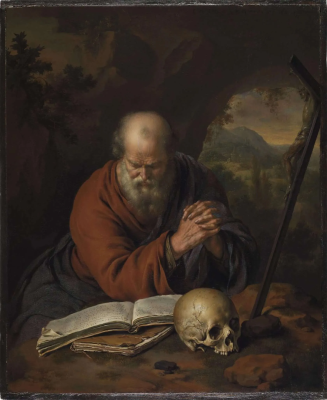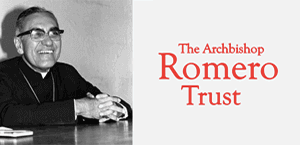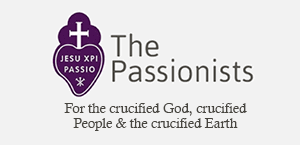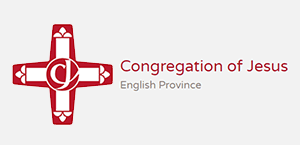Gospel in Art: Lord, teach us to pray

Hermit Praying in the Wilderness, Willem Van Mieris © The Leiden Collection
Source: Christian Art
Gospel of 8 October 2025
Luke 11:1-4
Jesus was praying in a certain place, and when he finished, one of his disciples said to him, 'Lord, teach us to pray, as John taught his disciples.' And he said to them, 'When you pray, say: 'Father, hallowed be your name. Your kingdom come. Give us each day our daily bread, and forgive us our sins, for we ourselves forgive everyone who is indebted to us. And lead us not into temptation.'
Reflection on the painting
In Luke's Gospel, today's passage follows directly after the visit of Jesus to the house of Mary and Martha, which we reflected on yesterday. There, Mary gave her full attention to the Lord's word; now, that attentive listening gives way to the prayer of Jesus himself. Listening is followed by prayer. This is also the rhythm of the Mass: first we listen to the Word of God, and then we turn to meditation (the homily) and prayer (the Bidding Prayers), allowing that Word to take root in our hearts.
And prayer can take many different forms for all of us. Sometimes our prayer is quite informal. We talk to the Lord as if to a friend who is constantly there with us, expressing spontaneously to him what is in our heart. We thank God for the good weather when we wake up, for the food in our fridge, for a nice encounter we had with a stranger, etc…. Plenty of things to thank God for and talk to him about. Such prayer can be deeply personal and is beautiful. There are other times, however, when we pray in a much more formal way. It is less spontaneous, but there we unite ourselves with the Christian family in the world. This form of prayer is equally beautiful. And this is the prayer that we have been given in today's reading: a gift from Jesus to us, to unite ourselves to all other Christians in the world and express jointly our praise of God.
In our painting of 1707 by Willem Van Mieris, we see a hermit praying. His facial expression conveys he is deep in meditation. He is set in a rocky cave opening to a mountainous landscape. The personal space of the rock leads into the open world of the landscape. He is leaning over two books, a skull and a crucifix. His eyes are virtually closed as he concentrates inwardly on the deeper meaning of the text. Many painters in the late 17th and early 18th century specialised in painting scenes featuring hermits. These paintings promoted contemplative life and the need of silence in prayer. The books indicate that the hermit would have read the Word of God first, and now prays, allowing the Word to take root in his heart.
LINKS
Gospel in Art: https://christian.art/
Today's Reflection: https://christian.art/daily-gospel-reading/luke-11-1-4-2025/


















